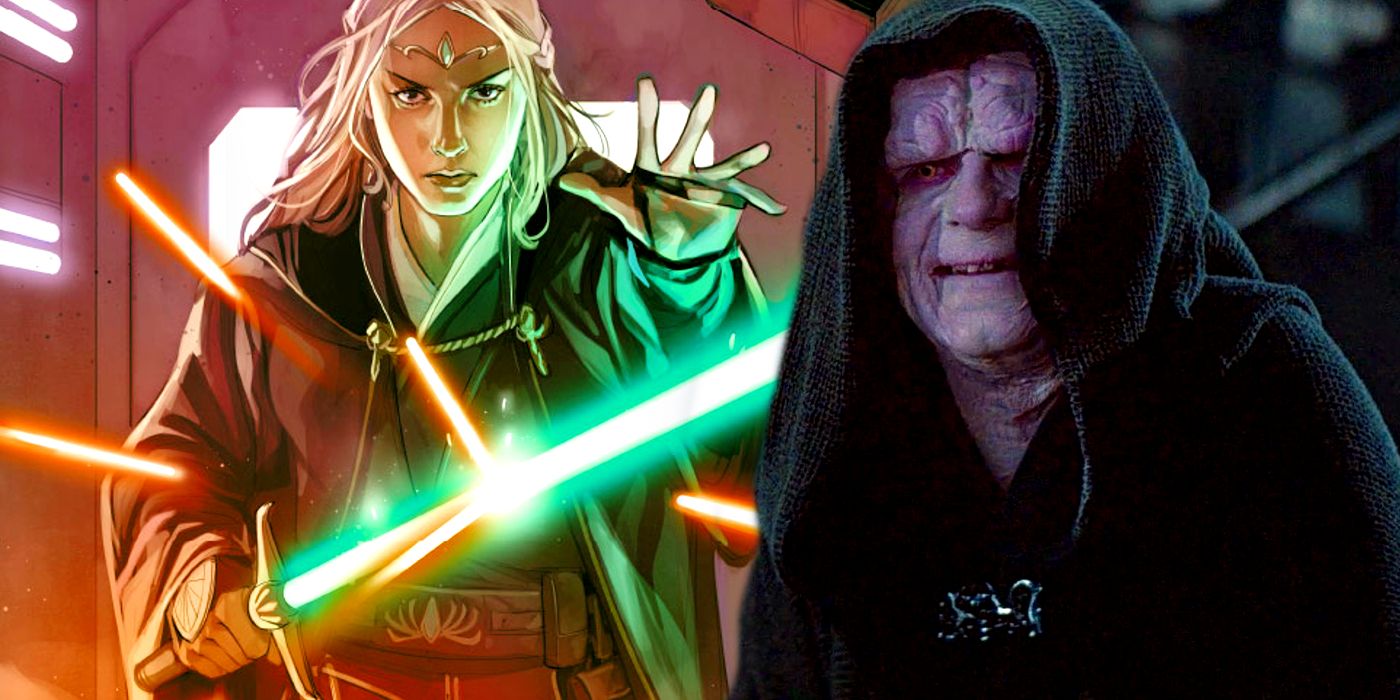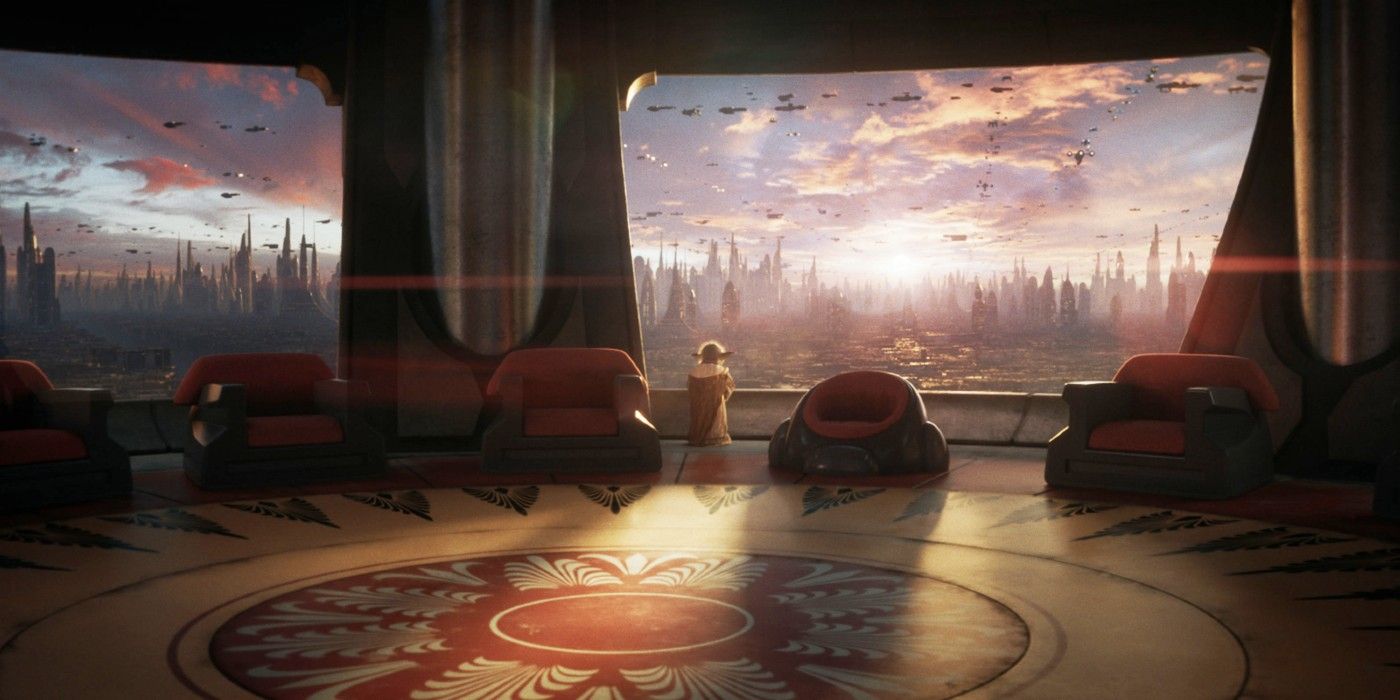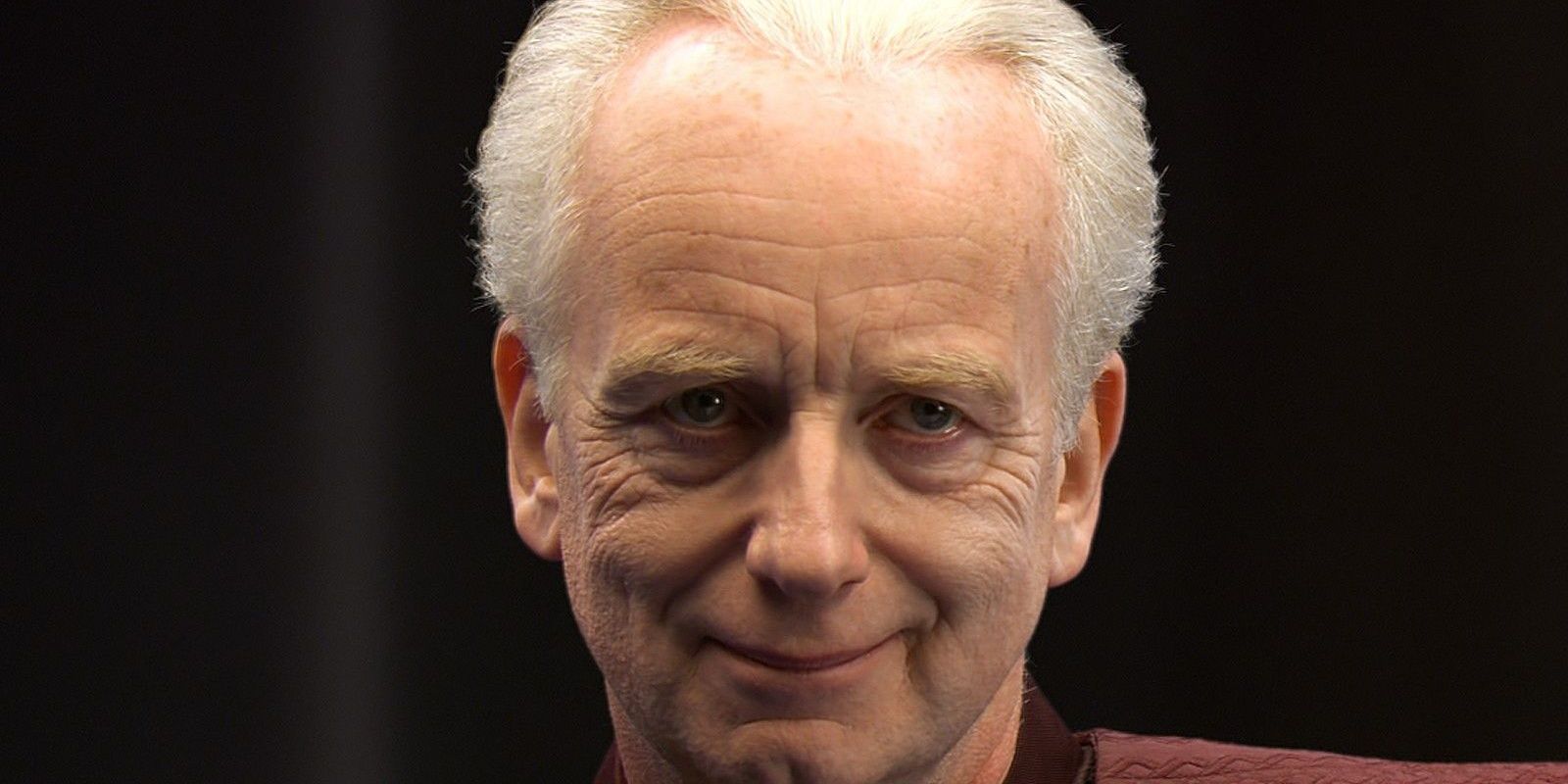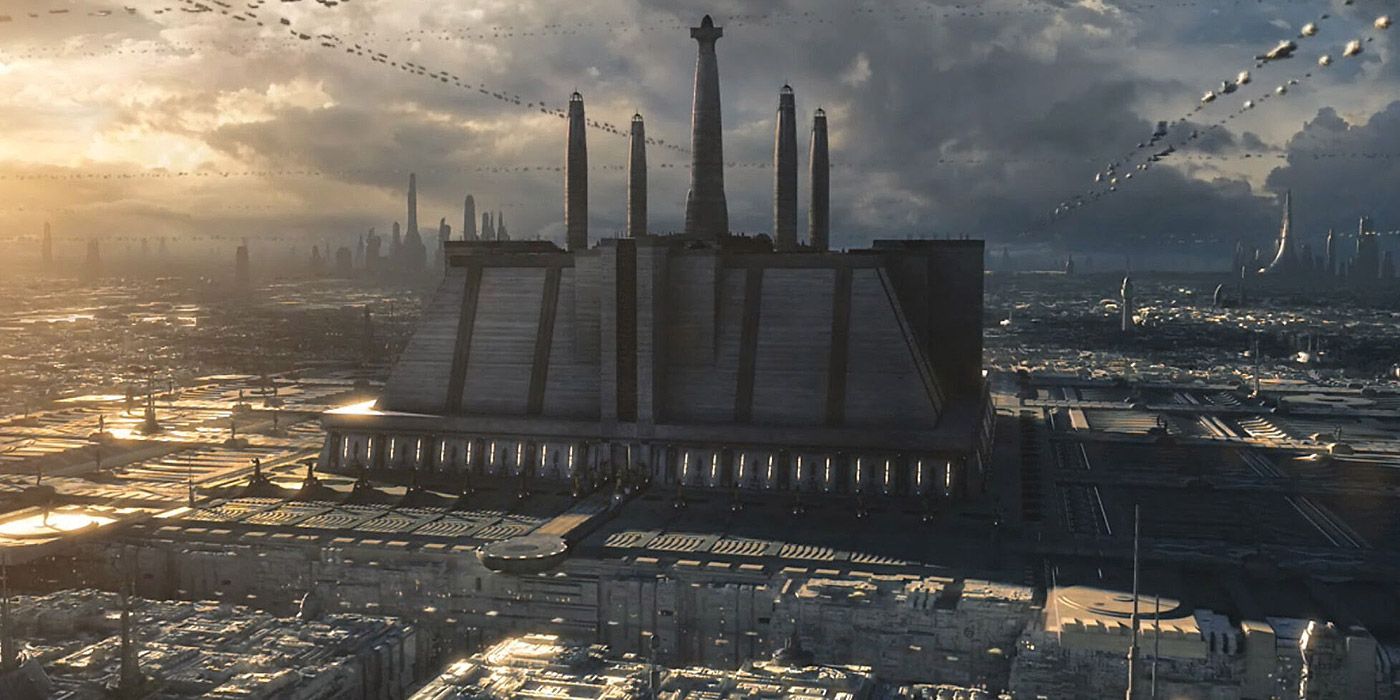Lucasfilm's Star Wars: The High Republic transmedia initiative is setting up the Sith's victory in the prequel era. Most viewers think of Star Wars as a film franchise, but in truth transmedia has always been a key part of its appeal. The last few years have seen it change shape, with Lucasfilm transforming Star Wars into a trailblazing transmedia franchise with links to the more familiar cinematic narrative.
Star Wars: The High Republic lies at the heart of this. It's easily the boldest transmedia initiative in the history of Star Wars, embracing novels, young-adult books, comics, audio books, and even the first-ever Star Wars Manga series. The first phase of Star Wars: The High Republic is set 200 years before the events of Star Wars: Episode I - The Phantom Menace, presenting a vision of the Republic and the Jedi Order at their height. It's been a remarkable success, both from a creative and a financial viewpoint, as any fan who wants to follow the entire story of Star Wars: The High Republic needs to pick up hundreds of dollars of different materials.
At first glance, the story of Star Wars: The High Republic is relatively separate from the main Star Wars saga. But the reality is very different; rather, it seems to be showing the downfall of the Jedi, revealing how they transformed into the shrunken, weakened Order seen in the prequel trilogy. What's more, it's interesting to note how many of the ideas may well have inspired the Sith.
How The Jedi Order Became So Weak
"For over a thousand generations the Jedi Knights were the guardians of peace and justice in the Old Republic," Obi-Wan Kenobi told Luke Skywalker in the first Star Wars film. "Before the Dark Times, before the Empire." He presented a utopian vision of the past, as though the history of the Republic was one of a thousand generations of peace. He was, of course, oversimplifying; in reality, there had been many other times of shadow, but the key difference lay in the fact the light of the Jedi had previously been sufficient to dispel the darkness. Star Wars: The High Republic is telling of one such occasion where the shadow of the dark side loomed over the galaxy, one where the Jedi barely managed to drive it back.
200 years before the events of Star Wars: Episode I - The Phantom Menace, the Republic and the Jedi expanded into the Outer Rim. The Jedi of the High Republic Era were not the politicized, centralized group seen in the prequels; rather, they stood relatively independently from the Republic, and in fact they established temples on every world they visited, with Jedi stationed across the galaxy to respond to crises. The Jedi Temple on Coruscant still seems to have been the most important of these, with the Jedi Council there, but the Jedi were allowed a far greater degree of autonomy compared to their role in the prequels. Unfortunately, as the Jedi and the Republic expanded into the Outer Rim they found themselves faced with a number of dangerous threats - most notably the Nihil, a group of space pirates who fiercely hated the Jedi and who resisted the Republic's expansion with force.
The first phase of Star Wars: The High Republic was essentially a disaster story. The first novel, Charles Soule's Light of the Jedi, saw the Jedi respond heroically to a crisis caused by the Nihil; but by Claudia Gray's Fallen Star, the Jedi themselves suffered a terrible defeat, and they were forced to retreat to Coruscant. With even the Jedi no longer safe from the Nihil, the Jedi Council activated the recall beacon at the Jedi Temple on Coruscant - summoning every Jedi back to the galactic capital. The other temples were abandoned, presumably never to be settled again. The centralization of the Jedi had begun.
Meanwhile, the battle against the Nihil meant the Jedi became more closely bound to the Republic than ever before. Chancellor Lina Soh attended meetings of the Jedi Council, while Jedi served as her advisers. This was the beginning of the politicization of the Jedi Order, and by the time of the prequel trilogy it would be completed. When Ahsoka Tano wandered Coruscant's lower levels in Star Wars: The Clone Wars, she swiftly realized the Jedi no longer had any relevance to the ordinary people of the galaxy, their focus having shifted to political intrigues that meant they were easily manipulated by Palpatine.
How The Sith Weakened The Jedi In The Force
Star Wars: The High Republic has revealed how the Jedi can be cut off from the Force. In Charles Soule's Light of the Jedi, the Nihil successfully capture a famed Jedi Master - and they are able to hold him prisoner for months. Their leader, Marchion Ro, knew the dark side disrupts a Jedi's ability to call upon the Force, and so he imprisoned the Jedi Master in an area where he was torturing prisoners. As he explained, "If they die, I'll just bring in more. Their job is to fill this deck with pain and anger and fear. Makes it hard for you to think, doesn't it? Hard for you to call on the Force... You don't imprison Jedi behind bars. You do it with pain."
Palpatine would use this specific weakness against the Jedi. The build-up to the Clone Wars was a time of great fear and uncertainty, and the more the Republic discussed establishing its own military the more those emotions swirled among everyday citizens. The swirl of emotions would have diminished the Jedi, who were centered on the heavily-populated ecumenopolis of Coruscant. And when the Clone Wars began, filling the Force with pain and fear, anger and grief, the Jedi's ability to draw upon the Force would only have gotten weaker. Little wonder so few Jedi caught even a hint of Order 66 coming through the Force.
Palpatine Even Used The Jedi Recall
The events of Star Wars: The High Republic even told Palpatine how the Jedi would respond to a specific crisis. When the Nihil struck a decisive blow against the Jedi, they activated the recall signal and rushed back to Coruscant. And so when Palpatine initiated Order 66, he followed it up by having the same recall signal activated - knowing the Jedi were trained to respond to it, indeed that any survivors of Order 66 would be expecting it after a catastrophe like this. It was, of course, a trap; the Jedi who returned to Coruscant did not know it, but they were heading into the very center of the dark side's power, where their ability to draw upon the Force would be diminished still further and where stormtroopers, Darth Vader and his Inquisitors awaited.
Star Wars: The High Republic may be set centuries before the events of the prequel trilogy, but it's important to remember the Sith were still there in the shadows - watching and waiting, observing and manipulating, trying to figure out how to achieve their revenge. Palpatine was the greatest of the Sith, the one who achieved what they had longed to for all those millennia, and he learned from the observations and lessons of those who had gone before. This is far more than simple backstory; it's the tale of how the galaxy viewers saw in the Star Wars prequel trilogy came to be, and how the Sith identified weaknesses they could exploit.




